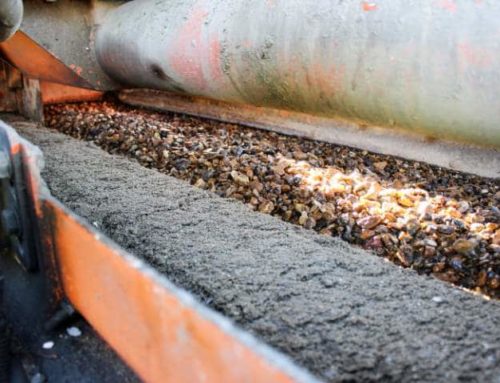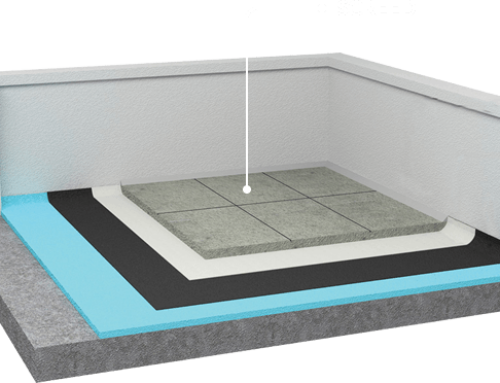
At Rapid Ready Mix, we assist contractors all over the London and Surrey area in obtaining the concrete they need at the right price. Many of our clients use polished concrete in construction projects. Over the last few years, polished concrete has become increasingly fashionable as an alternative to wood or carpet.
In this article, we’ll explain how this sophisticated finish is achieved, and we will describe some typical uses for polished concrete in domestic and commercial properties.
What Is Polished Concrete?
Polished concrete is a specific type of concrete finish that makes concrete look sleek and classy. You can polish existing concrete surfaces, or create the same effect with a newly laid concrete surface.
The polishing process involves the use of special machines containing diamond polishing surfaces that grind down the rough concrete layer by layer. At the end of the process, the surface will shine and reflect light. In restrictive spaces, concrete may need to be levelled by hand.
Uses For Polished Concrete
The polishing effect results in a very modern finish that is glossy without being slippery underfoot. This provides some key aesthetic and practical advantages: polished concrete is low maintenance, and it is suitable for areas where polished wood could be subject to damage.
Concrete floors are most often seen in commercial buildings, hotel foyers, galleries and other business properties. Polished concrete can also be used very effectively in modern homes; some families opt for polished concrete as an alternative to laminate, using rugs to break up the space and provide comfortable living areas.
Is Polished Concrete Right For Your Project?
Not only is polished concrete very hard wearing, it also makes rooms feel lighter thanks to its highly reflective surface. And because it’s easy to clean, it is a much lower maintenance option than carpet. Polished concrete is also an ideal flooring if you are laying new underfloor heating.
The cost of polishing concrete can vary considerably depending on the finish,colour and the state of any existing surfaces. It’s also not the warmest material, and without heating, it may feel chilly underfoot.
Customers need great awareness of what finish can realistically be achieved. For example, the amount of aggregate exposures and the high spots in the concrete.
If you are planning to polish a concrete floor, you should inspect it carefully for damage before planning to polish it. Polishing is an intensive process and could make existing problems worse. If the floor is already damaged, you may fail to achieve the finish you are hoping for.
Where polishing on site is impractical, concrete slabs can be polished in a factory and delivered in their final, polished state. This is the same process that is used to produce concrete work surfaces for kitchens. This is sometimes a lower cost option compared to on site work.
Accreditations & Certifications





